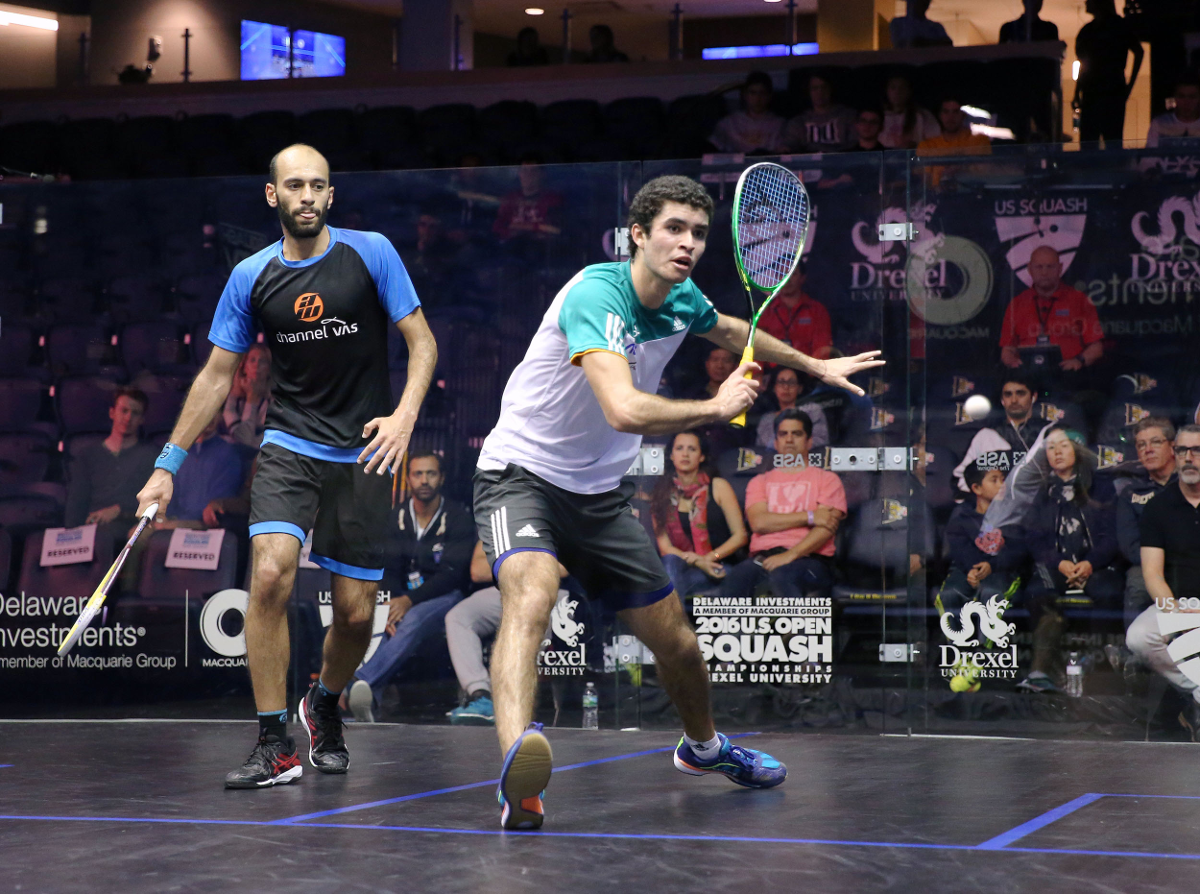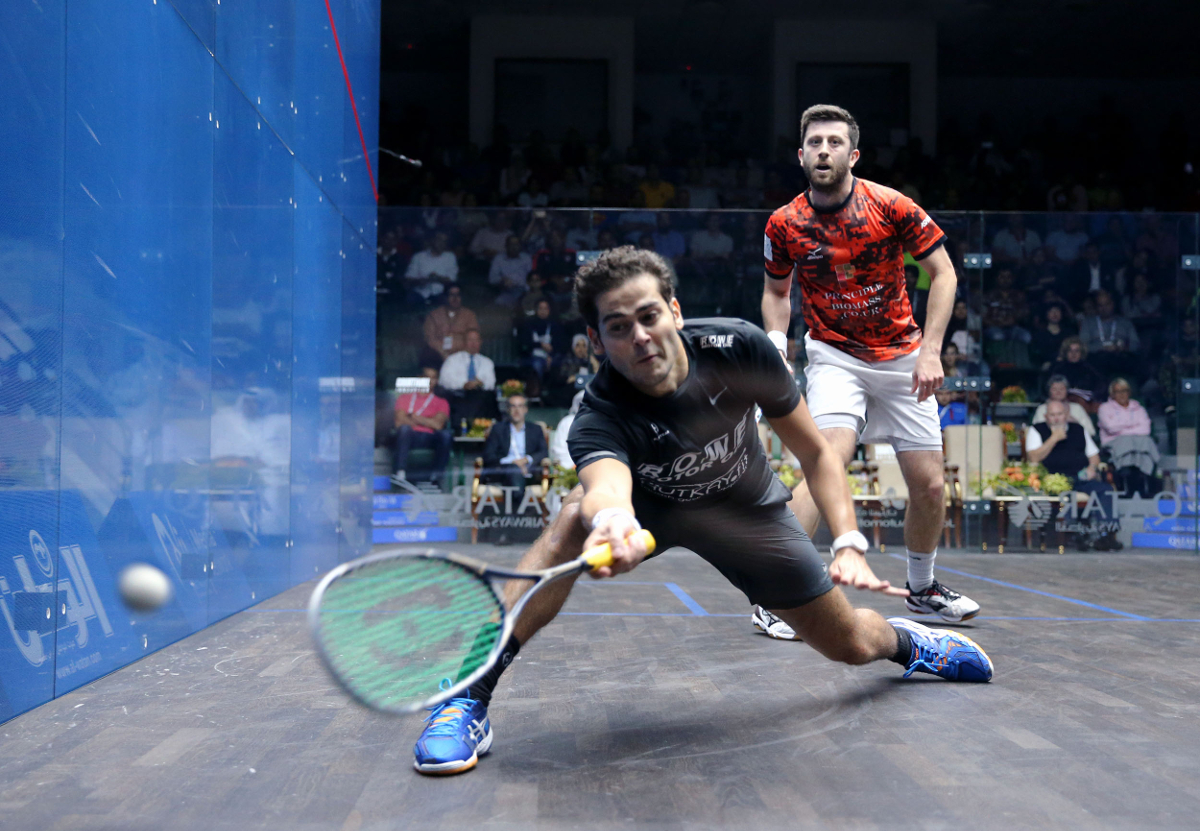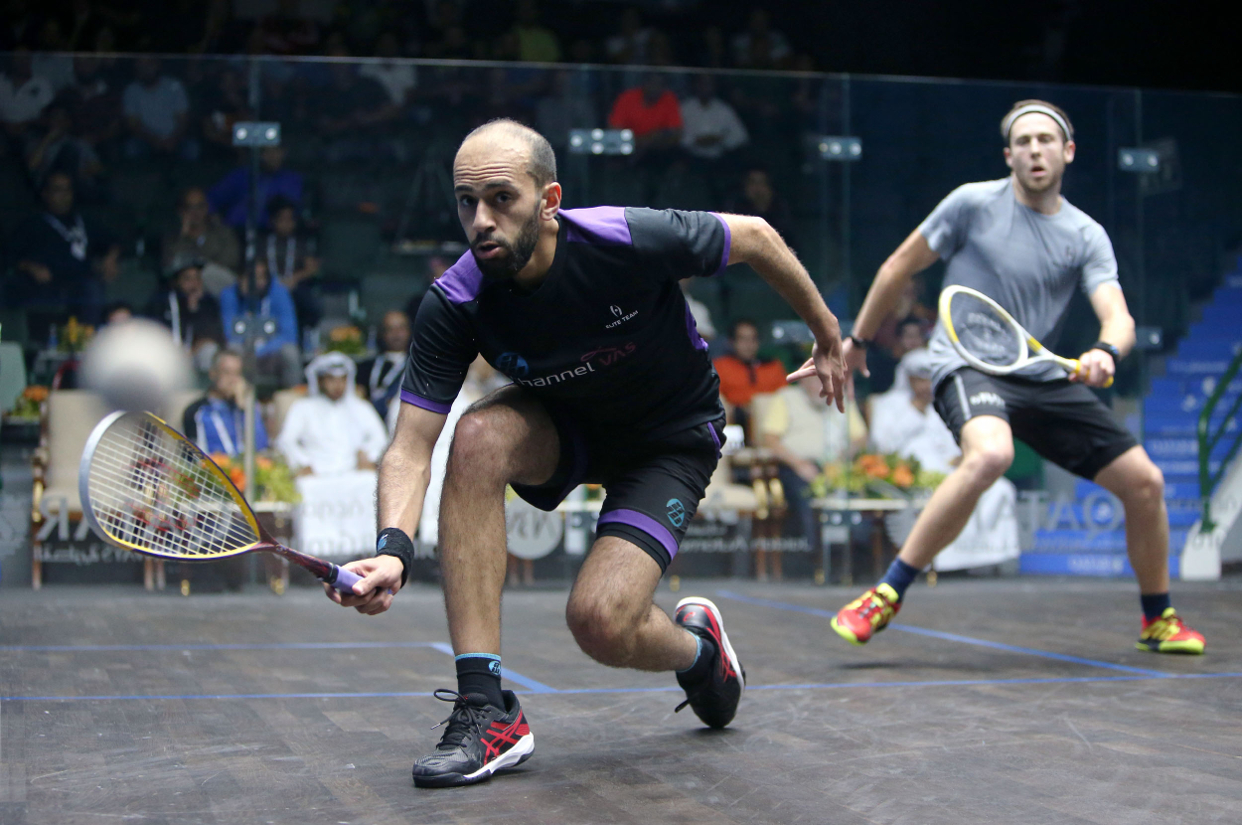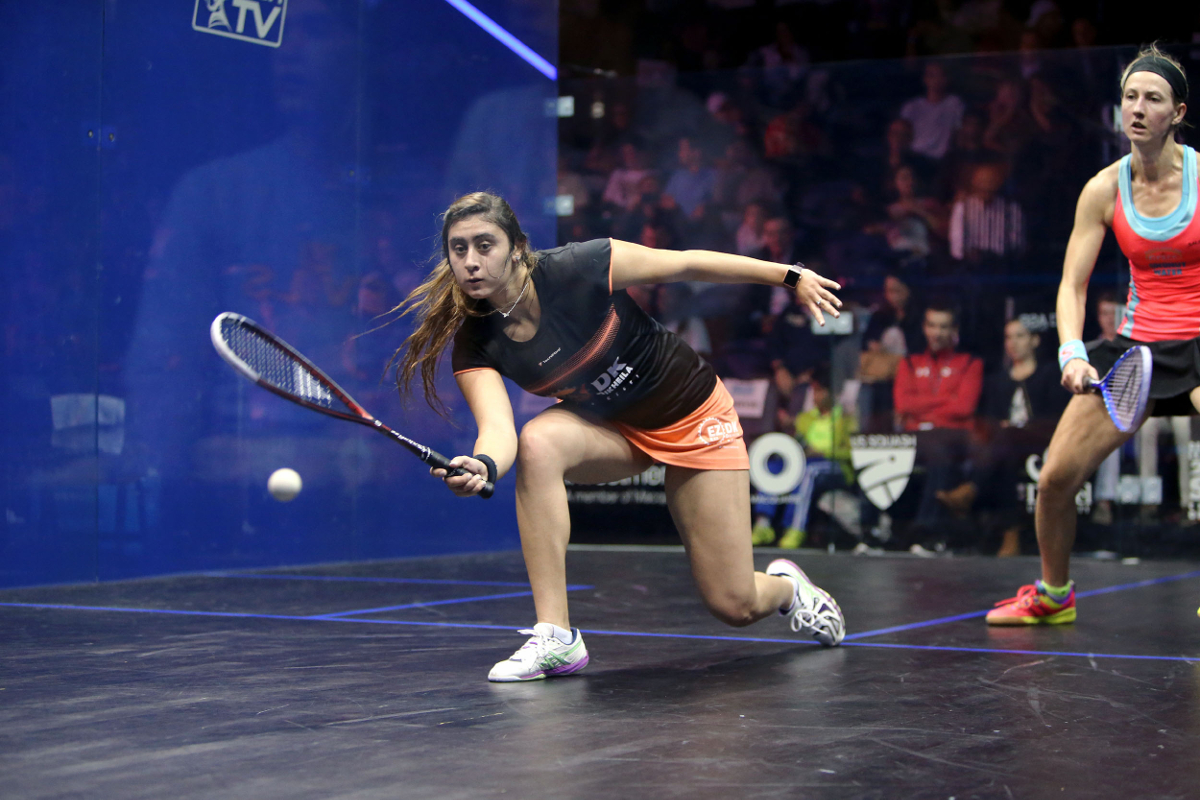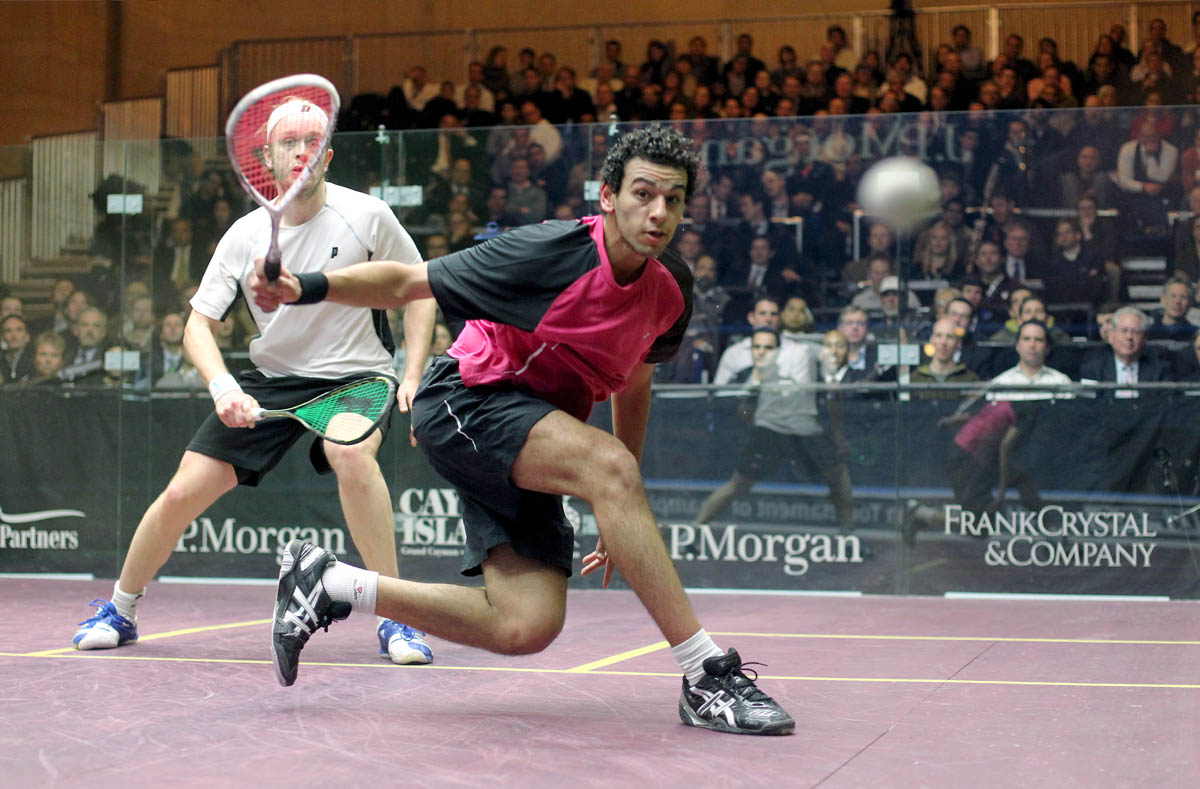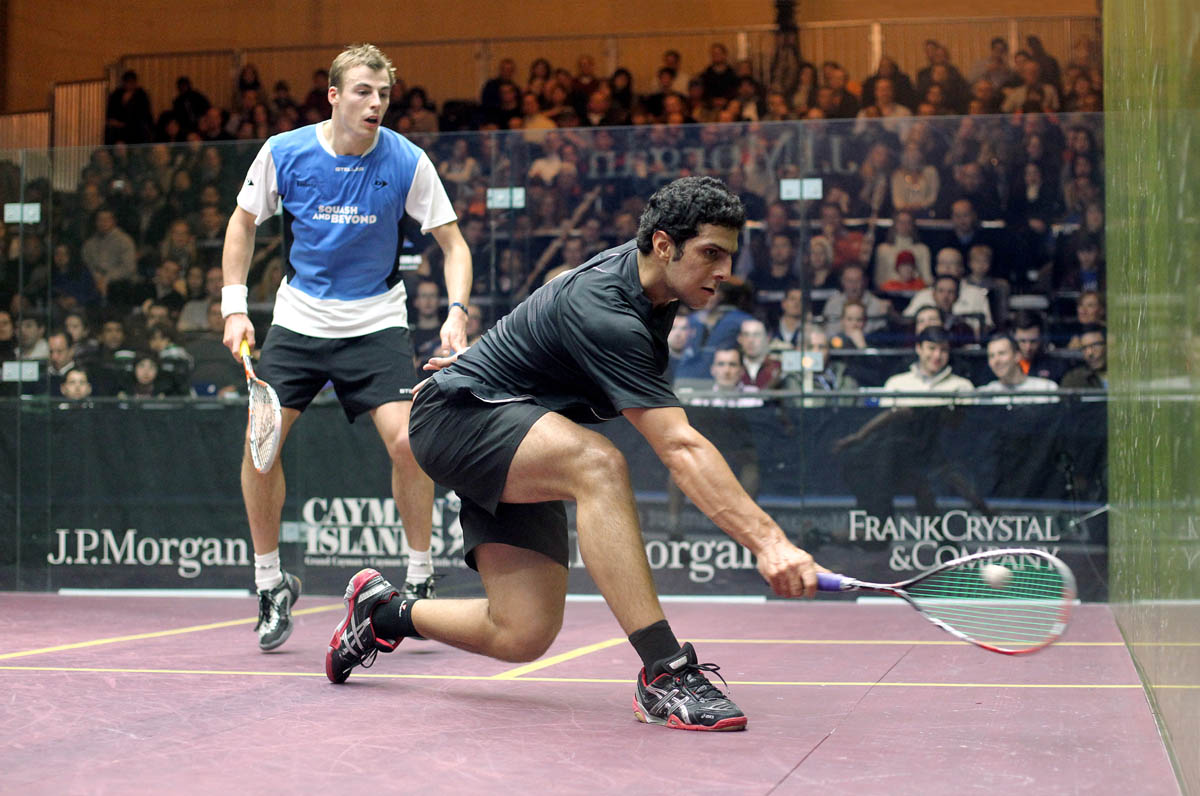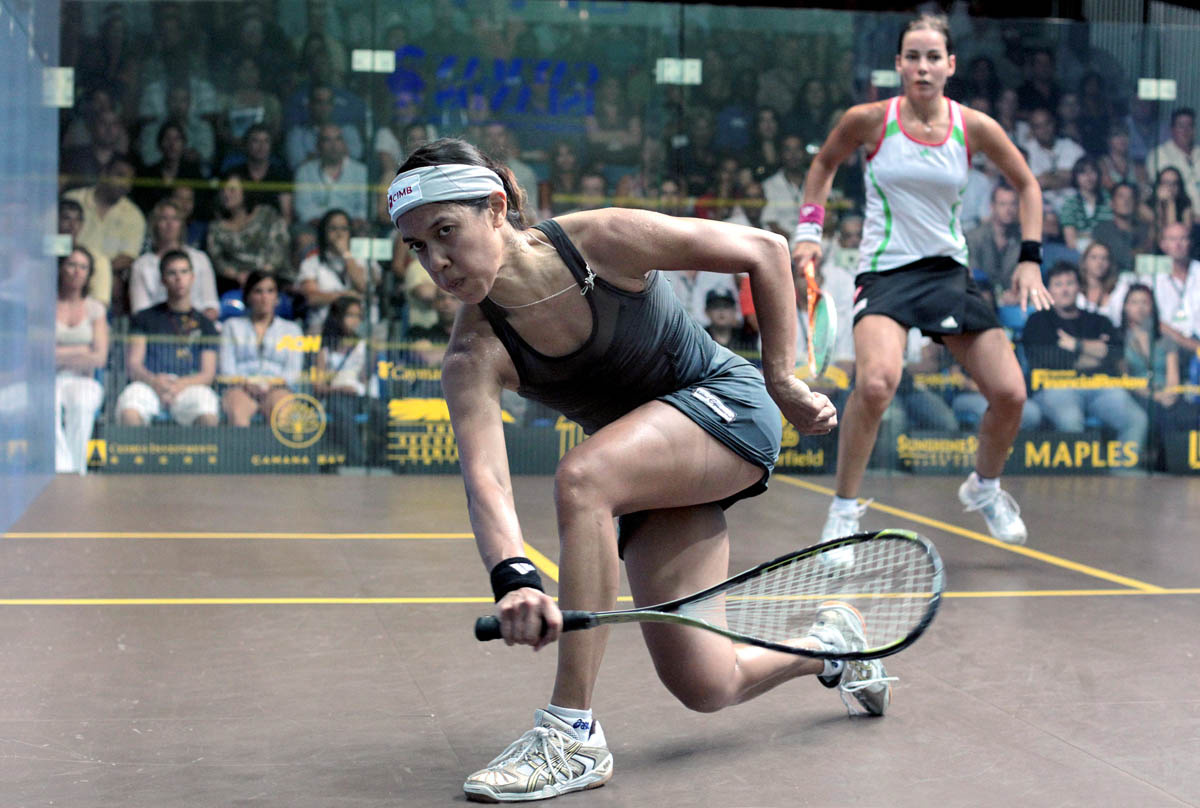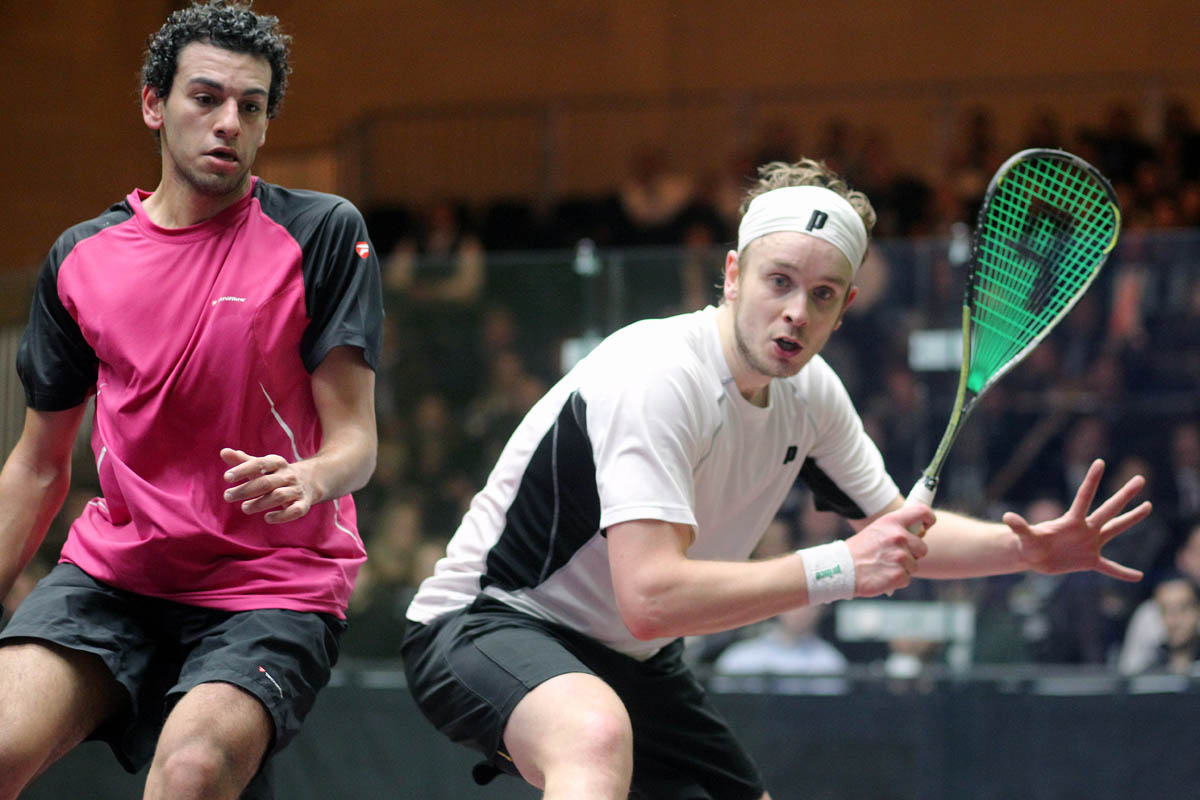The Forehand Open To Closed Plane Swing.
The Forehand Open To Closed Plane Swing presents four swing choices.
The Forehand Open To Closed Plane Swing evolves from The Forehand Open Plane Swing.
The start of the back swing also leads into The Forehand Open Plane Swing, The Forehand Open PLane Restricted Swing and The Forehand Open To Extended Plane Swing.
Before opening the following videos, please visit Main Menu Technical.
The Forehand Open To Closed Plane Swing
The Forehand Open To Closed Plane Straight Drive, Cross Court Drive and Boast all use The Forehand Open To Closed Plane Swing's technique.
This occurs when the ball is between waist height and ankle height and the player wants to either straight drive, cross court drive or boast. Furthermore, the player if volleying uses the identical technique.
Trailing the racquet head with a compact back swing encourages a large forward swing path which is both compact and circular.
Although compact, the forward swing presents the player with the opportunity to hit the ball with extreme power.
Also, the circular path encourages the player to hit the ball at the bottom of the bounce which allows more clearance from the back wall.
When learning the swing, the player learns the importance of the step hit and step recovery.
Furthermore, the ball should be fed slowly when learning to step hit and step recover.
Once the player is comfortable with the Forehand Open To Closed Plane Swing, the player learns to hit the ball off the back wall with the generic movement pattern.
The Forehand Open To Closed Plane Swing - Volleying
Although, using The Forehand Open To Closed Plane Swing to volley is not recommended, however, it is essential when returning serve off the side wall (at waist height and below). In general play, the player uses the same technique when volleying off the side wall as demonstrated in the solo routines.
Copyright South Australia Squash Academy Michael All Rights Reserved


